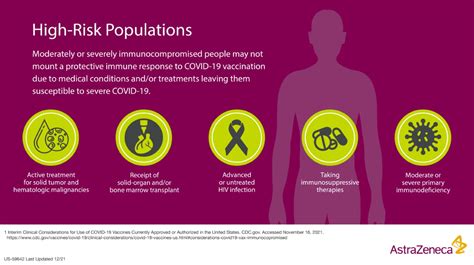An intriguing discovery has been made by Australian researchers that could potentially revolutionize the fight against drug-resistant superbugs. It all stems from an unexpected source – the humble Sydney rock oyster. Yes, you read that right – oysters may hold the key to combating some of the most menacing bacteria known to modern medicine.
### Unveiling Nature’s Defense Mechanism
In a groundbreaking revelation, scientists have identified a potent protein within the blood of Sydney rock oysters that exhibits remarkable antibacterial properties. This particular protein, found in the haemolymph (essentially the oyster’s version of blood), has demonstrated an ability not only to eradicate bacteria on its own but also to enhance the effectiveness of certain conventional antibiotics.
### A Looming Global Health Crisis
The backdrop for this discovery is particularly poignant given the looming threat of antimicrobial resistance. Described as a potential “global health crisis,” experts warn that without swift intervention, essential drugs could lose their efficacy by 2050, leading to severe consequences for human longevity and quality of life.
“Antimicrobial resistance has been described as a ‘looming global health crisis’…”
### The Power Within Oysters
In laboratory experiments, this extraordinary haemolymph protein exhibited significant antibacterial prowess against notorious pathogens such as Streptococcus pneumoniae and Streptococcus pyogenes. Furthermore, when combined with antibiotics like ampicillin and gentamicin, its efficacy skyrocketed against formidable foes such as Staphylococcus aureus and Pseudomonas aeruginosa – common culprits behind challenging infections.
“In lab tests…the haemolymph protein alone was effective at killing bacteria…”
### Harnessing Nature’s Arsenal
Professor Kirsten Benkendorff from Southern Cross University underscores the potential significance of this finding. She highlights how just a small quantity of haemolymph from approximately two dozen oysters could yield enough active protein for therapeutic use in humans. However, she cautions that further research is imperative to refine purification methods and elucidate the precise mechanisms at play.
### Beyond Antibiotics
Interestingly, while traditional antibiotics can be rendered ineffective by bacterial biofilms – protective layers that microbes form for defense – this unique oyster-derived protein shows promise in disrupting these structures. By dismantling biofilms, it prevents bacterial adhesion and aids in rendering them vulnerable to antibiotic attacks once more.
“The advantage of having something that disrupts the biofilm is…it’s stopping all of those bacteria…”
### Expert Perspectives
Experts like Professor Jonathan Iredell from the University of Sydney hail these findings as groundbreaking. He emphasizes how such discoveries open new avenues in combating evolving bacterial adaptations through novel compounds like antimicrobial peptides present in oysters’ blood.
Prof Branwen Morgan from CSIRO echoes this sentiment by emphasizing how solutions like these proteins could alleviate reliance on conventional antibiotics amidst rising levels of drug resistance across diverse populations globally.
As we delve deeper into understanding nature’s hidden treasures and their potential applications in modern medicine, one thing becomes abundantly clear – sometimes salvation lies where we least expect it.
With each scientific breakthrough like this one involving Australian oysters’ blood fighting superbugs with unparalleled vigor, we inch closer towards an era where even our smallest oceanic allies contribute significantly to humanity’s battle against microscopic adversaries.








Leave feedback about this